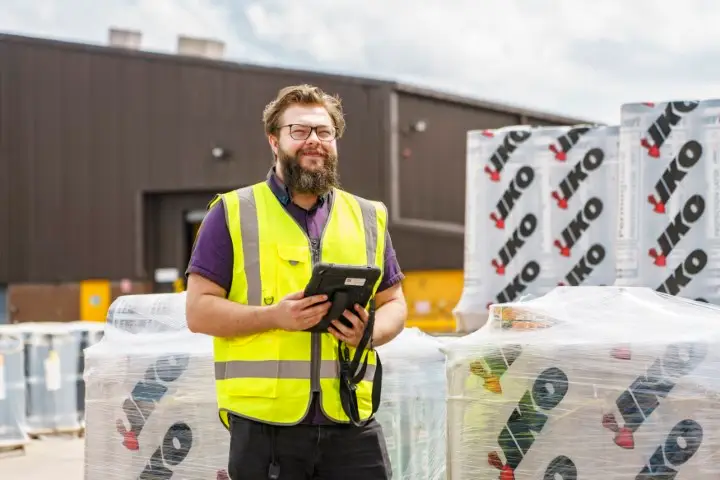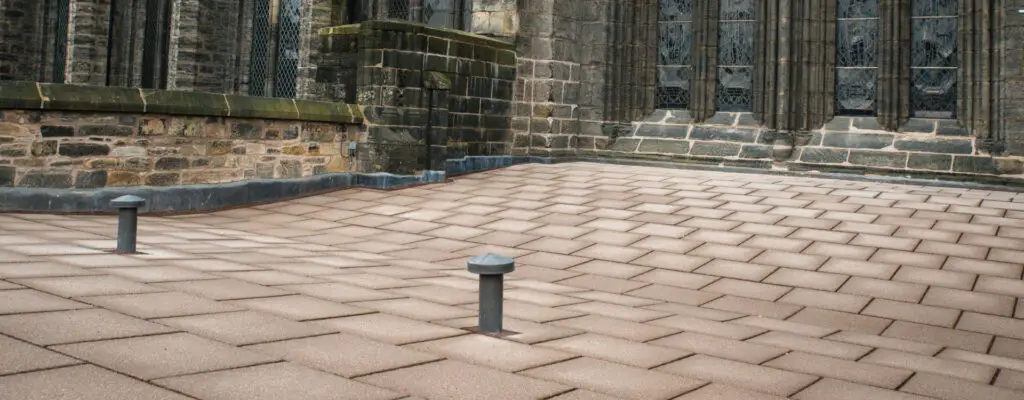Fresh concerns about the safety of RAAC concrete in school buildings has led to immediate closure of more than 100 educational buildings in England – underlining the critical importance of taking proactive measures to ensure schools are safe and secure.
On Thursday August 31, 104 English schools, nurseries and colleges with reinforced autoclaved aerated concrete (RAAC) were forced to shut affected buildings – just days before pupils were due to return – as the material is at risk of failure.
The Standing Committee on Structural Safety (SCOSS) warned that the aerated concrete is much weaker than traditional concrete, with the Health and Safety Executive claiming it is now beyond its lifespan and may collapse with little or no notice.
Speaking to the BBC on Monday September 4, Education Secretary Gillian Keegan acknowledged that “hundreds more” buildings could have potentially unsafe concrete in them.
Around 10%, or 1,500 English schools, are yet to return the surveys sent out by the Department for Education to identify RAAC in buildings. In addition to schools, many hospitals, courts and public buildings were built with the material, calling into question the true scale of the problem.
What is RAAC and why is it an issue?
RAAC is a lightweight building material used from the 1950s up to the mid-1990s, most commonly for roofing. It first came under scrutiny of the Department of Education (DfE) in 2018 following the collapse of a school roof. A number of recent incidents in which RAAC failed without warning prompted the government to order the closures, displacing a significant number of students.
Back in June, a report by the National Audit Office revealed that DfE identified RAAC may be present in 572 schools and that around 700,000 children in England are studying in schools requiring major rebuilding or refurbishment.
Another report by the independent body highlighted that the deteriorating condition of state schools presents challenges for DfE’s ambition for the UK to be the world-leading education sector in sustainability and climate change by 2030.
The latest fears around RAAC demonstrate the importance of longer-term considerations when carrying out roofing projects and the need to future-proof buildings.
Building safe and secure futures for schools
Taking a proactive approach to roof maintenance and refurbishment can ensure a school building is safe and fit for the future, as well as help avoid unexpected expensive and disruptive remedial works down the line.
Working in close collaboration with specialist building surveyors, who have vast experience of working with the education sector and the Educational Funding Agency (EFA) system, an expert survey can be arranged to assess your school’s roofing condition – including identifying any risks and determining if RAAC is present.
If found, independent engineers can make recommendations on replacing RAAC and IKO can advise on the right waterproofing solution to address any water ingress issues and ensure longevity.
If your school building has been affected by RAAC and you need support, including availing of a free school roof condition survey, get in touch today.



